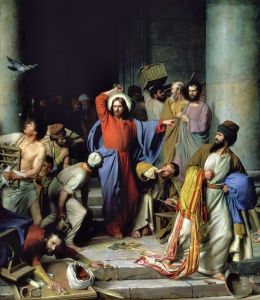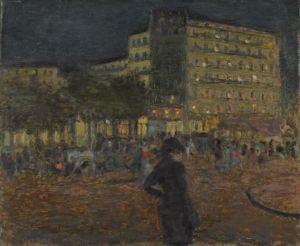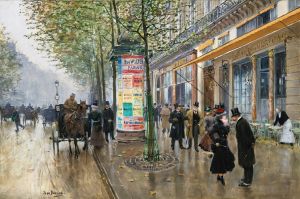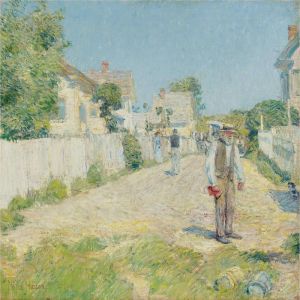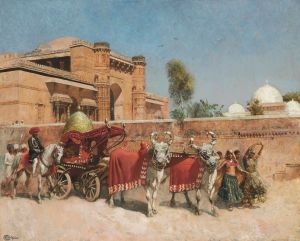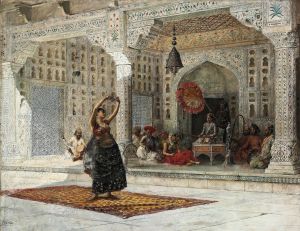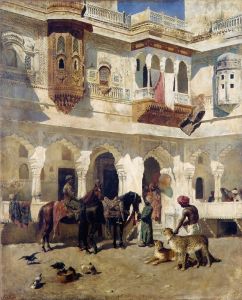
Untitled, Street life
A hand-painted replica of Edwin Lord Weeks’s masterpiece Untitled, Street life, meticulously crafted by professional artists to capture the true essence of the original. Each piece is created with museum-quality canvas and rare mineral pigments, carefully painted by experienced artists with delicate brushstrokes and rich, layered colors to perfectly recreate the texture of the original artwork. Unlike machine-printed reproductions, this hand-painted version brings the painting to life, infused with the artist’s emotions and skill in every stroke. Whether for personal collection or home decoration, it instantly elevates the artistic atmosphere of any space.
Edwin Lord Weeks was an American artist known for his Orientalist paintings, which often depicted scenes from his travels in the Middle East, South Asia, and North Africa. Born in Boston in 1849, Weeks developed an early interest in art and travel, which led him to study in Paris under the tutelage of prominent artists such as Léon Bonnat and Jean-Léon Gérôme. His works are characterized by their detailed representation of exotic locales and vibrant use of color, capturing the essence of the places he visited.
"Untitled, Street Life" is one of Weeks' many paintings that reflect his fascination with the daily life and architecture of the regions he explored. While specific details about this particular painting are scarce, it is consistent with Weeks' broader body of work, which often focused on street scenes, marketplaces, and the interplay of light and shadow in urban settings. His paintings typically feature a high level of detail, with careful attention paid to the clothing, architecture, and activities of the people he depicted.
Weeks' paintings are notable for their ethnographic detail and vivid portrayal of the cultures he encountered. He was part of the Orientalist movement, which sought to depict the "Orient"—a term used by Western artists and scholars to describe the Middle East, North Africa, and Asia—in a romanticized and often idealized manner. While Orientalism has been critiqued for its colonialist and stereotypical portrayals, Weeks' work is often praised for its technical skill and the artist's genuine interest in the subjects he painted.
Throughout his career, Weeks traveled extensively, visiting countries such as Morocco, Egypt, India, and Persia. These travels provided him with a wealth of material for his paintings, and he often worked from sketches and photographs taken during his journeys. His works were well-received during his lifetime, and he exhibited regularly at the Paris Salon and other prestigious venues.
In "Untitled, Street Life," Weeks likely employed his signature style, which combines a realistic approach with a keen eye for the picturesque. The painting would typically capture the hustle and bustle of a street scene, with figures engaged in various activities, set against a backdrop of distinctive architecture. The use of light and shadow would play a crucial role in creating a sense of depth and atmosphere, drawing the viewer into the scene.
Weeks' contribution to art lies not only in his technical prowess but also in his ability to transport viewers to distant lands through his paintings. His works continue to be appreciated for their beauty and the window they provide into the cultures and landscapes of the 19th century. While "Untitled, Street Life" may not be as widely recognized as some of his other works, it remains a testament to Weeks' enduring fascination with the world beyond his native America and his skill in bringing those distant places to life on canvas.






